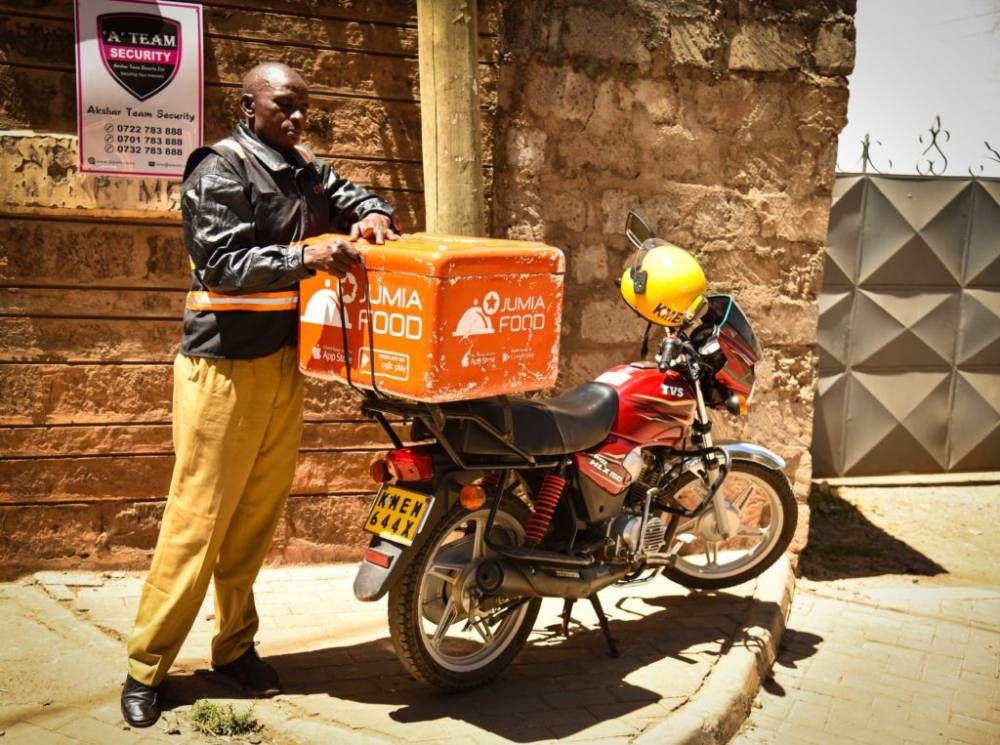
Aggressive Marketing Spirals Jumia’s Operating Losses To $51 Million In Q2 2021
Aggressive marketing spirals Jumia’s operating losses to $51 million in Q2 2021
Jumia, the Africa-focused eCommerce behemoth, changed its business strategy eighteen months ago in favor of something it deemed more effective. A focus on low-cost/high-cost products and a significant reduction in marketing expenses enabled it to significantly reduce losses for up to six quarters.
On the other hand, reduced marketing appears to have stifled Jumia's growth, as its user base and number of orders on its platform fluctuated. While its gross profit margins appeared to have increased year over year, quarterly growth was inconsistent.
Let’s paint a quick picture:
The company added only 500,000 active users in a year – people who placed orders regardless of cancellations or returns. Nine months prior to this strategy shift, Jumia added an average of 1.3 million active users year on year (YoY).
These figures, combined with the rapid shift in investor sentiment from bullish to bearish, led us to doubt Jumia's ability to achieve profitability.
Jumia appears to have tweaked its growth strategy slightly in its Q2 2020 report released today, August 8, 2021, spending a whopping $17.1 million on sales and advertising.
Note: Jumia previously reported its financials in Euros, but has stated that it will now do so in US dollars. As a result, the numbers in previous reports have been adjusted.
According to Co-Chief Executive Officers Jeremy Hodara and Sacha Poignonnec of Jumia, the company has significantly diversified its product categories, improved unit economics, and strengthened its balance sheet over the last 18 months. It intends to build on this success by increasing sales and advertising expenditures while maintaining or increasing gross profit margins.
“While we are seeing early signs of usage acceleration, these investments are long-term in nature and we anticipate that they will pay off over time as we execute on our strategy,” both CEOs stated.
Their goal is to integrate Jumia into their customers' daily lives by engaging both buyers and sellers in the platform's diverse services.
The company reveals that customer targeting on Facebook and Google was a significant part of the campaign, and it intends to use geotargeting tools for outdoor advertising, as well as various customer incentives.
The result?
While Jumia added up to 200,000 active customers year on year to reach 7 million, this is only 100,000 more than it had in Q1 2021.
Jumia's aggressive marketing strategy appears to have contributed to the platform receiving several orders. Orders — defined as items purchased regardless of returns or cancellations — increased 12.8 percent year over year to 7.6 million. This is a million more orders than it processed in the first quarter of 2021.
While phone and electronics sales have continued to decline, and fast-moving consumer goods (FMCG) sales have slowed, Jumia has seen explosive growth in food delivery.
“Food delivery had the highest quarterly order volume ever recorded, increasing nearly 60% year over year and accounting for 22% of total orders on our platform during the quarter.
Jumia reveals that it concentrated its growth efforts in this segment late last year, following the disruption caused by the pandemic's onset.
However, Gross Merchandise Volume (GMV) decreased 11% from $253 million to $223.5 million last year. Nonetheless, this is a significant improvement over the $200 million in Q1 2021.
Jumia also cites Foreign Exchange activities as a key driver of GMV performance, citing an increase in currency valuations for Ivory Coast, South Africa, and Morocco relative to the US Dollar.
Consumer electronics and gadgets accounted for 37% of Jumia's gross merchandise value, while groceries accounted for 14%. JumiaPay, the company's much-lauded digital financial services platform, increased its GMV contribution to 25%.
JumiaPay transactions increased by 13% in Q2 2021, from 2.4 million last year to 2.7 million. However, the total volume of payments decreased from 59 million to $56 million.
Jumia's gross profit after fulfillment costs (picking, packing, and shipping) increased by 16 percent year over year, from $6.6 million to $7.7 million. It earned a $7.5 gross profit after fulfillment in Q1 2021.
Losses increased once again
Jumia's losses have increased significantly in exchange for a slight increase in customer base, gross profit, and platform orders.
The company's adjusted EBITDA loss increased by 15% in the second quarter of 2020, from $36.2 million to $41.6 million in Q2 2021.
After accounting for taxes, interest, and other factors, Jumia reported an operating loss of $51.6 million in Q2 2021, up 24.7 percent from the same period last year.
As you might expect, Jumia attributes these substantial losses to increased sales and advertising costs.
“As of June 30, 2021, we had $637.7 million in cash on hand. The company reports that it spent $27.4 million on operating and investing activities.
What does the future look like?
“We expect to increase our investments in sales and advertising, technology, and staff costs in the second half of 2021, compared to the second half of 2020.” According to Jumia.
Recall that Jumia sold $570 million worth of shares in the six months leading up to March 2021 in order to raise additional capital. While we initially stated that the implications were unclear, such a runaway could be necessary in order to avoid a period of significant losses following an aggressive marketing period.
While both CEOs assert that this will result in long-term growth, it is worth noting that this is not a new strategy for Jumia, which has always followed this strategy prior to announcing a reduction in operations 18 months ago.
Is this a viable model? It's too early to tell, but Jumia's strategy will almost certainly change in the coming months.

